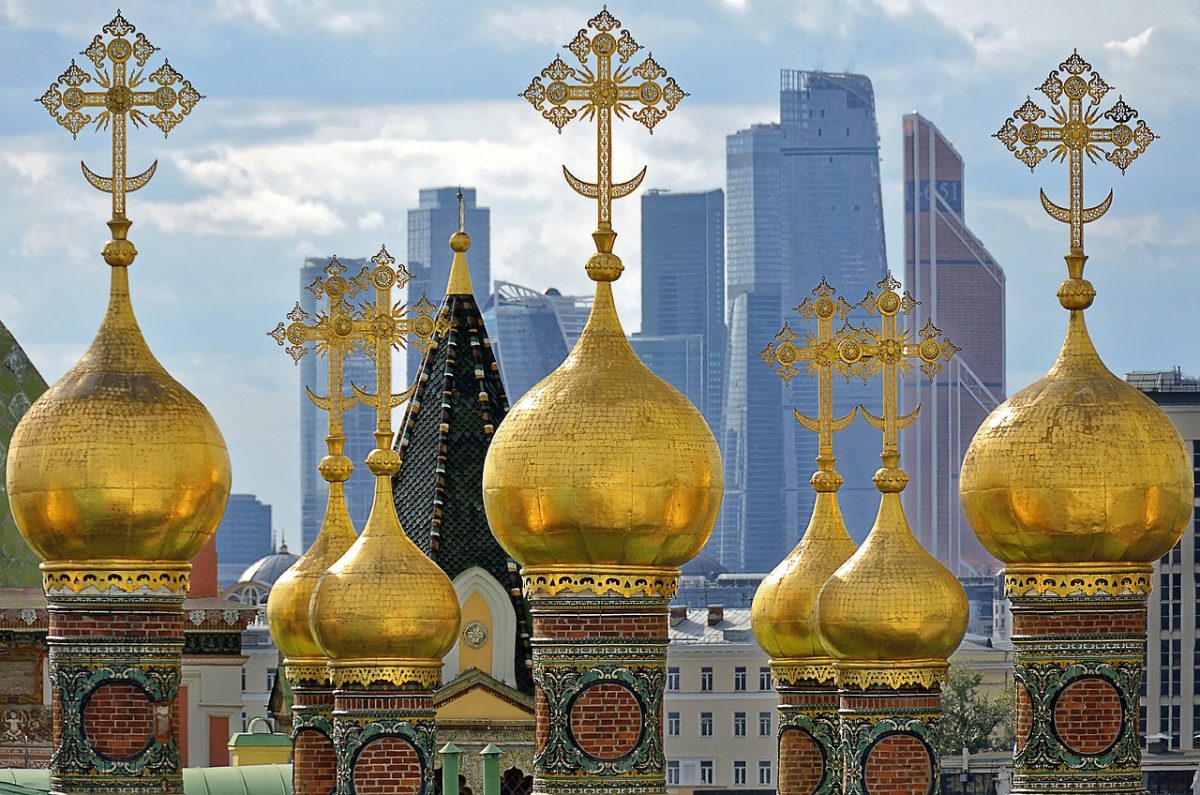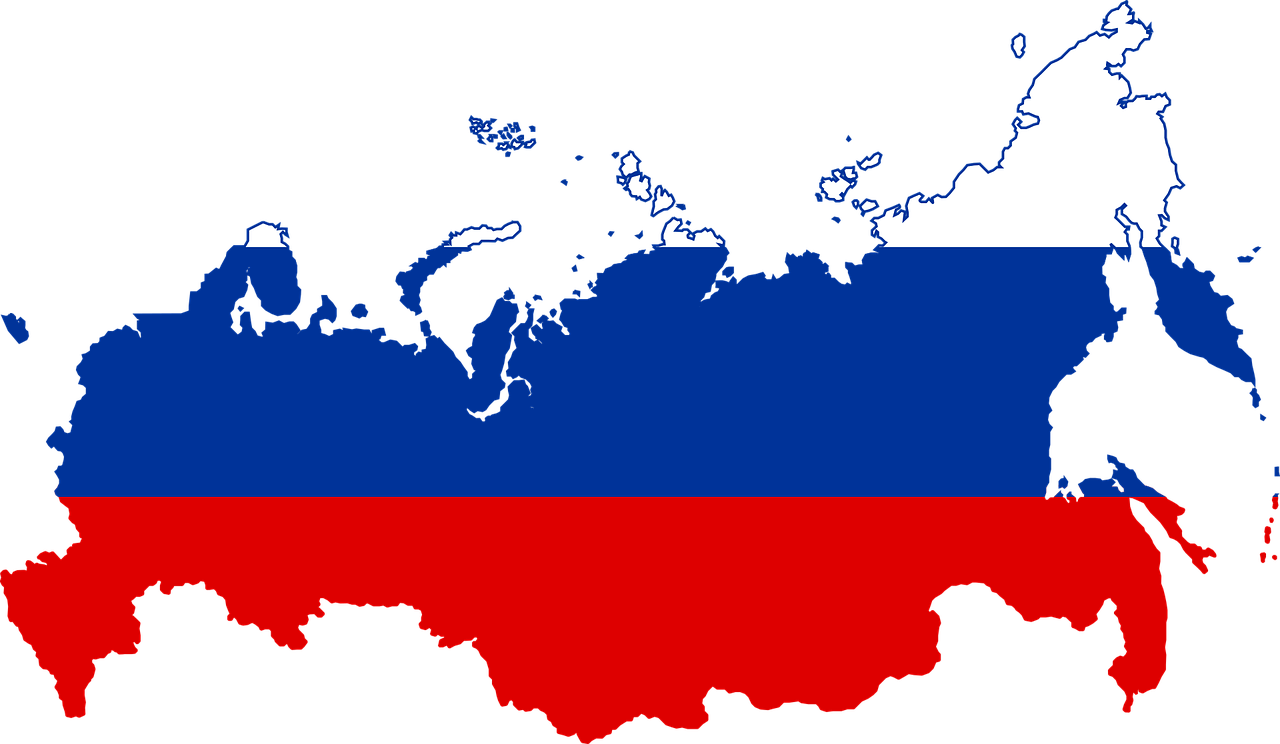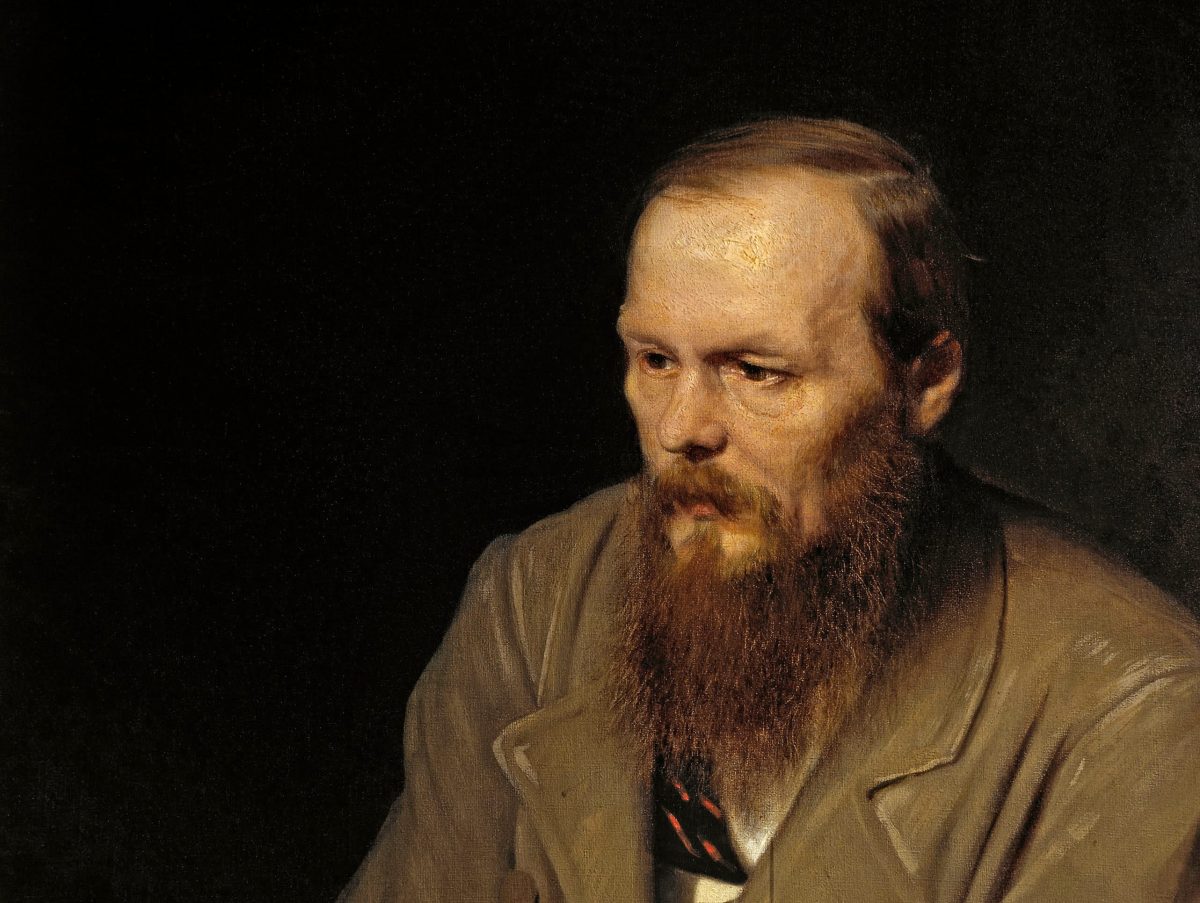The Brazilian people are known for their joy, love of Carnival, and passion for football. But who are the Brazilians? What is their origin, and what is their race? Before the arrival of the first Europeans in 1500, between 3 and 4 million natives lived in this territory. But with the arrival of the Portuguese, everything changed.
With them came enslaved Africans and later emigrants from regions as diverse as Spain, Germany, Italy, Syria, Lebanon, China, and Japan. Contrary to what happened in the United States, marriage between different ethnicities was very common in Brazil, thus giving rise to greater racial diversity.
Discover the origin of the Brazilian people, their history, their tribes, and their races.
A) Native Brazilian People
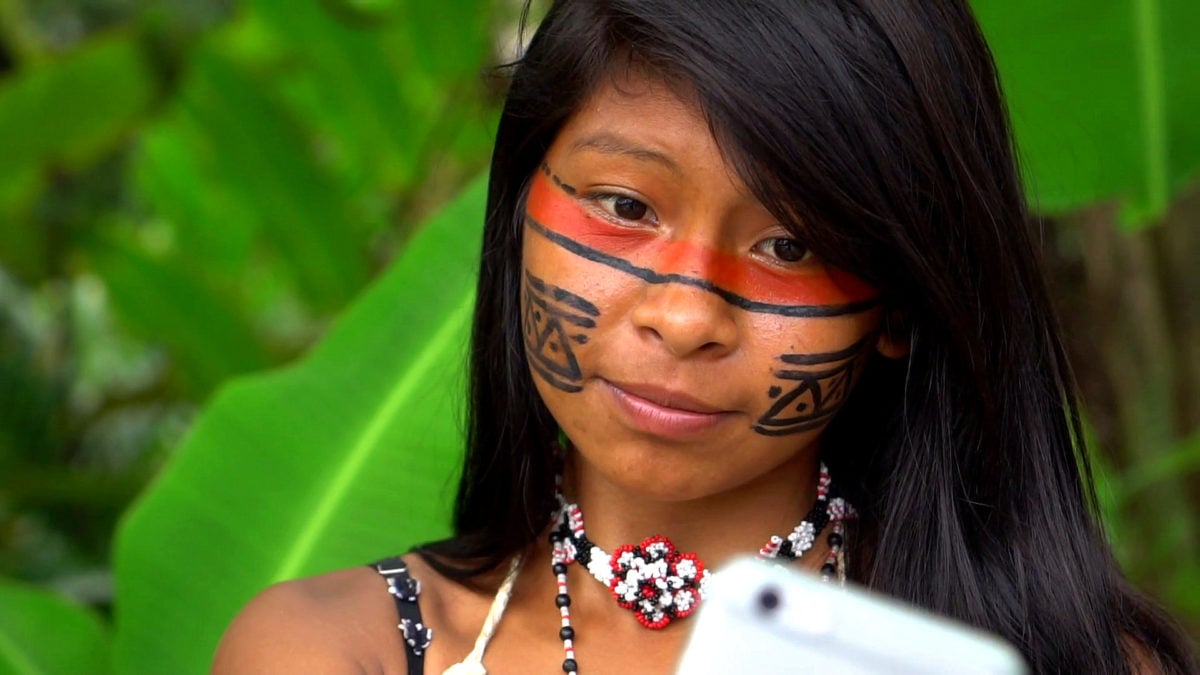
Before the Portuguese arrival in Brazil, several indigenous groups were already inhabiting the Brazilian territory. Because of this variety, the Brazilian natives were classified according to the different languages: Tupi, macro-jê, aruak, and karib. Note below the characteristics of the languages and indigenous groups that speak them:
A1) Tupi
The Tupi-speaking indigenous groups were the Tamoio, Guarani, Tupiniquim, Tabajara, etc. tribes. All these tribes were in the Brazilian coastal area. These were the first Indians to have contact with the Portuguese who arrived here. These tribes were specialists in hunting and great fishers and developed well to harvest fruits.
A2) Macro-jê
They were rarely found on the coast. Instead, except for some tribes in the Serra do Mar, they were mainly found in the central plateau. In this context, they stood out the tribes or groups: timbira, aimoré, goitacaz, carijó, carajá, bororó and botocudo.
These indigenous groups lived near the springs of streams and rivers. They lived basically from the harvest of fruits and roots and hunting. These groups only came into contact with whites in the seventeenth century, when colonizers entered the country’s interior.
A3) Karib
Indigenous groups that inhabited the region that today comprises the states of Amapá and Roraima also called the Low Amazon. The main tribes were the atroari and vaimiri – these were very aggressive and anthropophagic, meaning that when the natives defeated their enemies, they ate them, believing that they could absorb the qualities of those who were defeated.
The contact of these tribes with the white people occurred in the seventeenth century, with the religious missions and the dispersion of the army through the territory.
A4) Aruak
Its main tribes were aruã, pareci, cunibó, guana and terena. They are located in some regions of the Amazon and on the island of Marajó. The main activity was ceramic handicrafts.
B) White Brazilian People
Most white Brazilian people are of European origin (or are descendants of these). During the colonial period, they emigrated to Brazil: Spaniards, Dutch, French, Italians, and Slavs.
The southern region is home to a large part of the whites of the Brazilian population, as these immigrants occupied this area. As a result, Brazil’s concept of “white” differs from that of other countries.

In the United States, people of European descent are historically considered white. In Brazil, this does not exist. According to a 2000 survey conducted in Rio de Janeiro, 52% of respondents who classified themselves as white admitted that they had African or indigenous ancestors. Thus, in Brazil, it is normal for people to know that they have black or Indian ancestry, even if they see themselves as white.
B1) Portuguese Brazilian People
According to the Brazilian Constitution, the Portuguese people have a special status in Brazil. Article 12, the first paragraph of the Constitution, grants citizens of Portugal with permanent residence in Brazil “the rights inherent to Brazilians”, excluding the constitutional prerogatives of a Brazilian-born. Requirements for granting equality are the place of habitual residence (permanent), age of majority, and application to the Ministry of Justice.

In Brazil, the Portuguese may demand equal treatment concerning civil rights. In addition, they can request that political rights granted to Brazilians be given (except the exclusive rights for born Brazilians). In the latter case, this requires a minimum of three years of permanent residence.
The use of citizenship by non-Brazilian citizens (in this case, Portuguese) is a rare exception to the principle that nationality is a sine qua non-condition for citizenship, granted to the Portuguese – with reciprocal treatment for Brazilians in Portugal – due to the historical relationship between the two countries.
B2) European Brazilian People
The first Europeans to arrive in Brazil were the Portuguese. Later, around the nineteenth century, the Brazilian government promoted the entry of large numbers of European and Asian immigrants.
As a result, in the first half of the twentieth century, at least four million immigrants landed in Brazil. Among the leading European human groups, the following stand out: Portuguese, Spanish, Italian, and German.

Whites have always been a minority throughout the colonial period, never exceeding 30% of the population. At the same time, caboclos, negros, mulatos, and Indians made up the remaining 70%. Despite this, the white minority has always enjoyed privileges granted by the Portuguese Crown.
The white settlers of Brazil were aware of their numerical inferiority compared to the enslaved person or free color population. They lived fearfully of a possible “black rebellion”, similar to what would happen in Haiti at the end of century XIX. As a result, royal decrees and local laws strengthened the position of whites as a dominant sector of colonial society.
C) Pardo Brazilian People
In Brazil, Pardo is an ethnic/skin color category used by the Brazilian Institute of Geography and Statistics (IBGE) in the Brazilian censuses. The term “pardo” is complex, more commonly used to refer to Brazilians of mixed ethnic ancestries.
Pardo Brazilians represent a wide range of skin colors and backgrounds. They are typically a mixture of white Brazilian, Afro-Brazilian, and Native Brazilian. Pardo has been used, more narrowly, to indicate shades of skin color between white and black.

The earliest record of the word ‘pardo’ in the history of Brazil is found in the letter of Pero Vaz de Caminha during the arrival of the Portuguese to Brazil in 1500, led by the explorer Pedro Álvares Cabral.
He related to the king of Portugal, D. Manuel, that the Indians were “brown, somewhat reddish, with good faces and good noses, well made.” Concisely, most Brazilians who qualify as pardos use the same criteria as those who were classified as mestizos in the old censuses: they are people of mixed descent due to five hundred years of miscegenation among Indians, whites, and blacks.
D) Afro Brazilian People
Brazil received about 38% of all enslaved Africans brought to America. The total number of sub-Saharan Africans who have arrived in Brazil has very different estimates: some cite more than three million people, another four million.
According to an estimate, from 1501 to 1866, 5,532,118 Africans were shipped from Africa to Brazil, of which 4,864,374 arrived alive (667,696 people died on slave ships during the Africa-Brazil route). Brazil was the country that received the most enslaved people in the world.
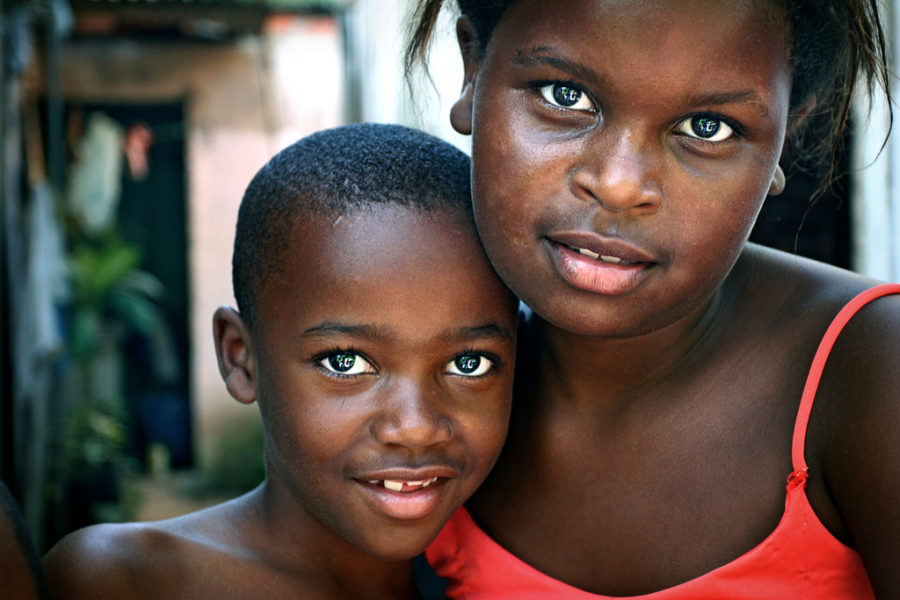
One of the main characteristics of Afro-Brazilian culture is that there is no cultural homogeneity throughout the national territory. The distinct origin of the Africans brought to Brazil forced them to appropriations and adaptations so that their cultural practices and representations survived. Thus, it is common to find the African cultural heritage represented in new artistic practices.
African manifestations, rituals, and customs were forbidden. They only stopped being persecuted by the law in 1930, during the New State of Getúlio Vargas. Brazil’s two most prominent and influential groups are the Bantos, brought from Angola, Congo, and Mozambique; the Sudanese, from West Africa, Sudan, and the Guinea Coast.
E) Asian Brazilian People
Brazil received many immigrants from Asia, from both the Middle East and East Asia. The first Asian immigrants who arrived in Brazil were a small number of Chinese (3,000) during the colonial period. However, significant immigration from Asia to Brazil began in the late nineteenth century when immigration from Lebanon and Syria became important.
Most Asian Brazilians have roots in East Asia, most of them Japanese. The first Japanese immigrants arrived in Brazil in 1908. Until the 1950s, more than 250,000 Japanese immigrated to Brazil. Currently, the Japanese population in Brazil is estimated at 1.5 million people.
E1) Japanese Brazilian People
The end of feudalism in Japan generated great poverty in the rural population, so many Japanese began to emigrate in search of better living conditions. By the 1930s, Japanese industrialization had significantly boosted the population. However, prospects for Japanese people to migrate to other countries were limited.
The US had banned non-white immigration from some parts of the world because they would not integrate into society; this Exclusion Clause of the 1924 Immigration Act specifically targeted the Japanese. At the same time in Australia, the White Australia Policy prevented the immigration of non-whites Australia.

In 1907, the Brazilian and the Japanese governments signed a treaty permitting Japanese migration to Brazil. This was due to the decrease in Italian immigration to Brazil and a new labor shortage on the coffee plantations. The first Japanese immigrants (790 people – primarily farmers) came to Brazil in 1908 on the Kasato Maru. About half of these immigrants came from southern Okinawa.
They traveled from the Japanese port of Kobe via the Cape of Good Hope in South Africa. Many of them became owners of coffee plantations. In the first seven years, 3,434 more Japanese families (14,983 people) arrived.
The beginning of World War I in 1914 started a boom in Japanese migration to Brazil, such that between 1917 and 1940, over 164,000 Japanese came to Brazil, 75% of them going to São Paulo, where most of the coffee plantations were located.
Questions about the Brazilian People
Are Brazilians a mixed race?
The answer to this question is not straightforward because the definition of “white” used by Brazilians is not the same as in other countries. 43% of Brazilians identify themselves as “pardos”, the term used in Brazil to define someone of mixed race. Almost half of Brazil’s population identifies as white, even though it has close ascents to other races or ethnicities.
The miscegenation was very intense in Brazil for cultural reasons (the Portuguese are less averse to interracial relations than the English, for example) and for practical reasons. The colonization of Brazil was done mainly by single men. If they wanted a family, their only option would be native or black women.
Are Brazilians considered Portuguese?
A large part of Brazilians have Portuguese ancestry, but that does not mean that they are Portuguese. However, both have a unique system in the world regarding recognizing nationalities.
The Portuguese living in Brazil have a privileged status that allows them access to the same laws, rights, and privileges as the rest of Brazilians, except in some cases registered in the Brazilian Constitution that guarantee individual rights for people born in Brazil. In turn, Brazilians who descend from Portuguese can acquire Portuguese nationality very quickly, thus having access to all the benefits of Portuguese citizens.
Are the Brazilians Latino?
No, they’re not. At least according to the most common definition used in the United States to define a Latino. In Europe, Latinos are all those who speak a language that descends from ancient Latin because they were part of the Roman Empire.
According to this definition, the Portuguese, the Spaniards, the French, the Italians, and the Romanians are Latinos. According to the American report on Latinos, Latinos live in Central and South America and speak Spanish. Therefore, Brazilians (who speak Portuguese) are not considered Latinos.
Who originally lived in Brazil?
Some estimates indicate that the number of inhabitants in Brazil before the arrival of the Portuguese would be 3 to 4 million people. The clash of civilizations has led to a sharp decline in the indigenous population, and today and its number are only 280000 people. There were hundreds of different tribes, but they could be divided into four linguistic groups. Some of these tribes have been completely extinct, and others are on the verge of extinction.
According to the most accepted theory, the Brazilian natives would have arrived in the territory that today is Brazil 48 thousand years ago and originated in migrations from Asia through the Strait of Bering.
The Brazilian tribes that had the first contact with the Europeans were those who lived in the coastal zone. The tribes of Amazonia only had contact with the first whites about 100 or 200 years after the discovery of Brazil. Some of the most relevant and populous Brazilian tribes are the Guarani, the Yanomami, and the Tikuna.


